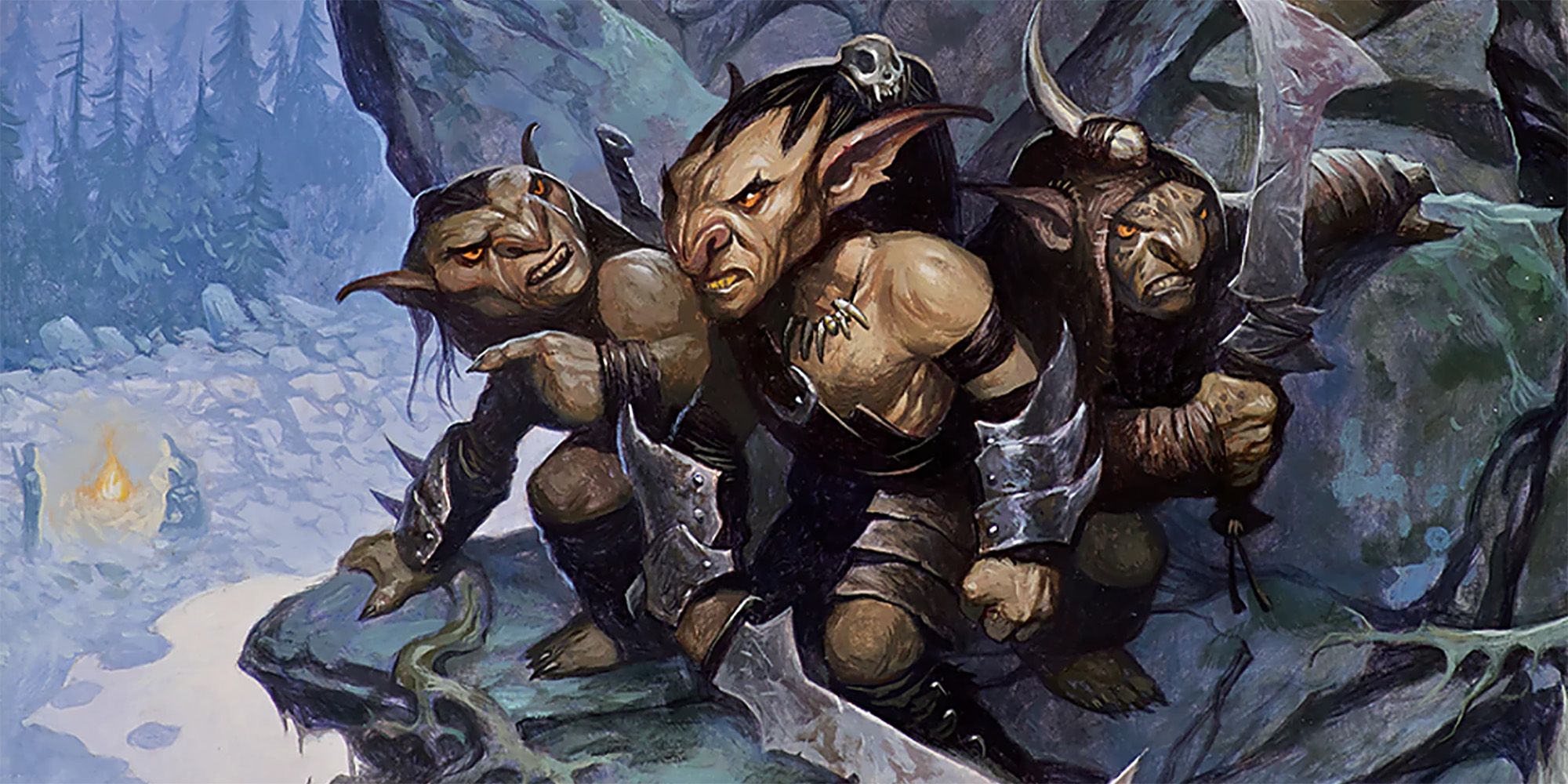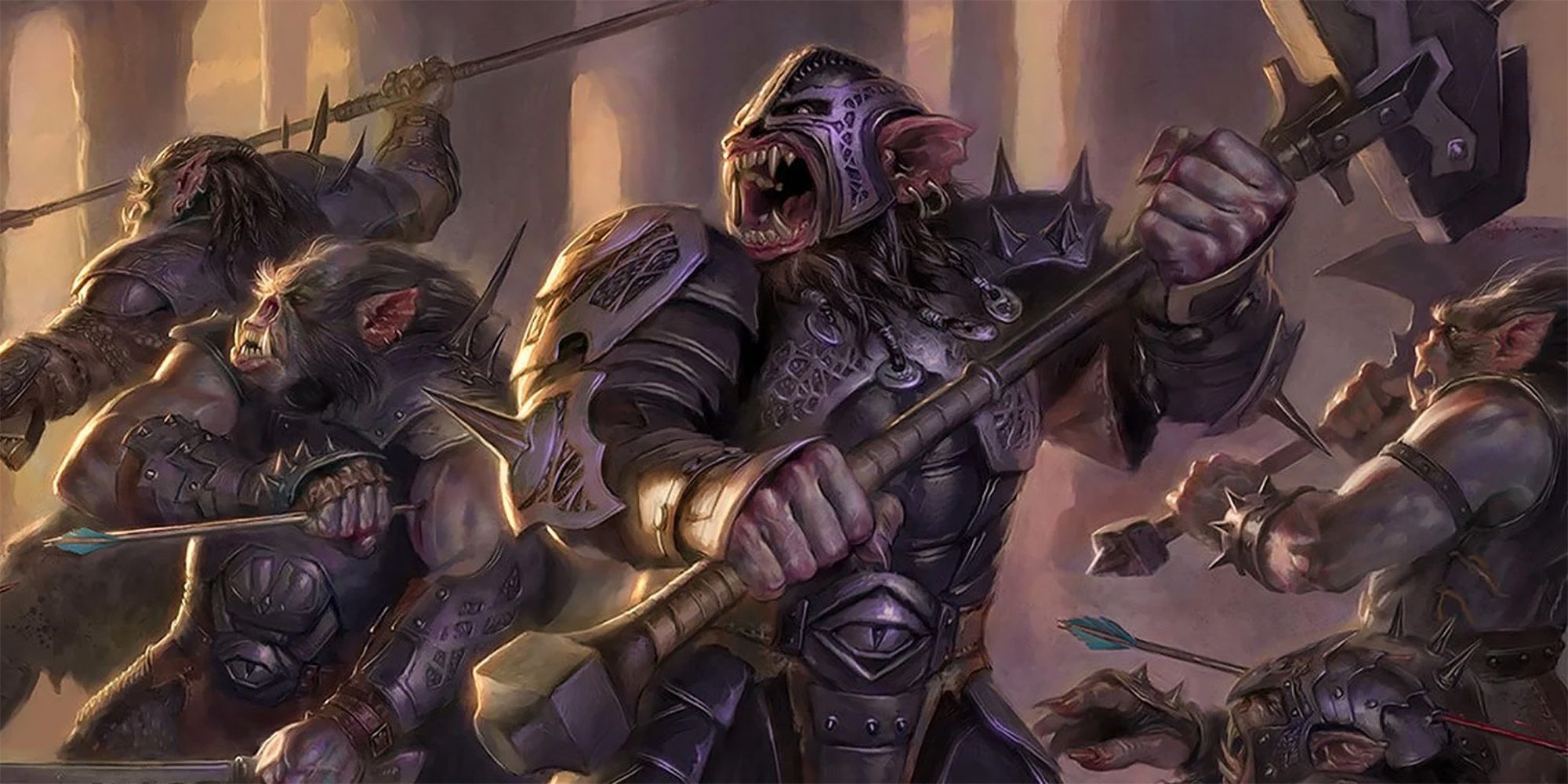Dungeons & Dragons has been around for decades, and for several of those decades it was reliant on an abundance of racial stereotypes to advance storylines and fuel worlds. Long before the appearance of Forgotten Realms' Drizzt Do'Urden, the dark elves were heavily laden with the burden of their twisted and evil nature. Among them, an elf like Drizzt had no place when he came along because he had a conscience and very little desire to fall in line with their often abhorrent practices in the name of Lolth and self-advancement.
Fantasy races like orcs, half-orcs and goblins were also branded as evil, perhaps because of their historical relationship to J.R.R. Tolkien's portrayal of them in his fantasy works, which became a cornerstone for the genre. Those races became enemies in the worlds of Dungeons & Dragons: Greedy, power-hungry foes who needed to be put down by the heroes of the game before they spread their darkness throughout the land.
As gamers evolved, so did Dungeons & Dragons, and it wasn't long before those enemies became player character options. D&D 5e offers the opportunity for any player to be a drow, goblin, orc, half-orc, bugbear, tiefling, kobold or many other races once considered enemies, but playing those races often comes at a cost.
Racial traits include a number of stereotypes that fit in with fantasy world expectations set by past portrayals. Drow must be chaotic evil, because that's just how dark elves are, and trusting one would be foolish. Bugbears are noted for "fitting into the nightmares" of others, given their history. Tieflings are almost always met with mistrust and suspicion, given their devilish nature and heritage. Goblins feel bullied, as if they have to lash out at the world around them simply because they've always been persecuted.
These player characters start off games meeting overwhelming challenges thrust upon them by an unaccepting, imaginary world, not to mention negative racial traits that often put them at a disadvantage. While a lot of that is left up to the Dungeon Master when creating their own worlds to adventure in, many of the Dungeons & Dragons modules have done very little to change those stereotypes for the better -- until now.
To combat many of these stereotypes, Wizards of the Coast has been making efforts to deemphasize negative racial traits during character creation. Tasha's Cauldron of Everything introduces racial alternatives and new rules that can be incorporated into campaigns.
Another attempt, though considered half-hearted by many, is the racial revamp of the Vistani in The Curse of Strahd campaign setting. Though some changes were made, critics have argued that many of the characteristics that tie Vistani to the Romani people still permeate the adventure.
There has also been talk of returning to previously published books and adventure modules to modify the racially insensitive material that has plagued them for years. As part of that effort, Wizards of the Coast recently began working with sensitivity readers to preview and help hone material before its release, which bodes well for the future, not only for old adventures but for new ones as well.
Because art imitates life and life imitates art, changing the experience for players could potentially change the way those players view the world and interact with others beyond the game. D&D has seen an abundance of new players in the last few years, with the popularity of shows like Stranger Things and ongoing online campaigns like Critical Role. Those players bring with them new expectations and experiences to help shape the fantasy worlds in which they play.
Wizards of the Coast has always encouraged Dungeon Masters to make the world their own and run with it. However, providing good examples to fledgling DMs and players as they launch into exciting new adventures is essential to maintaining the game's long-term popularity.



